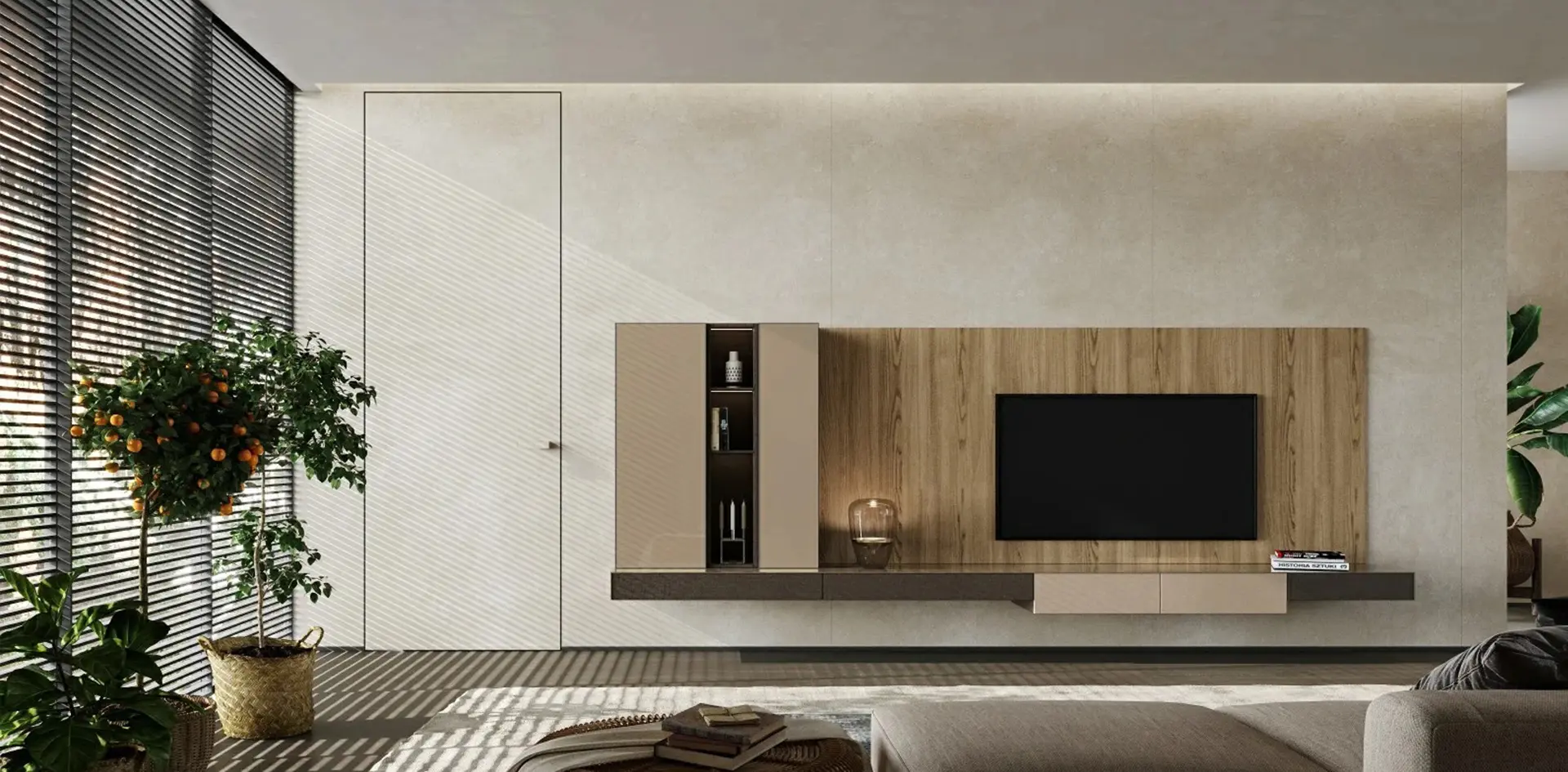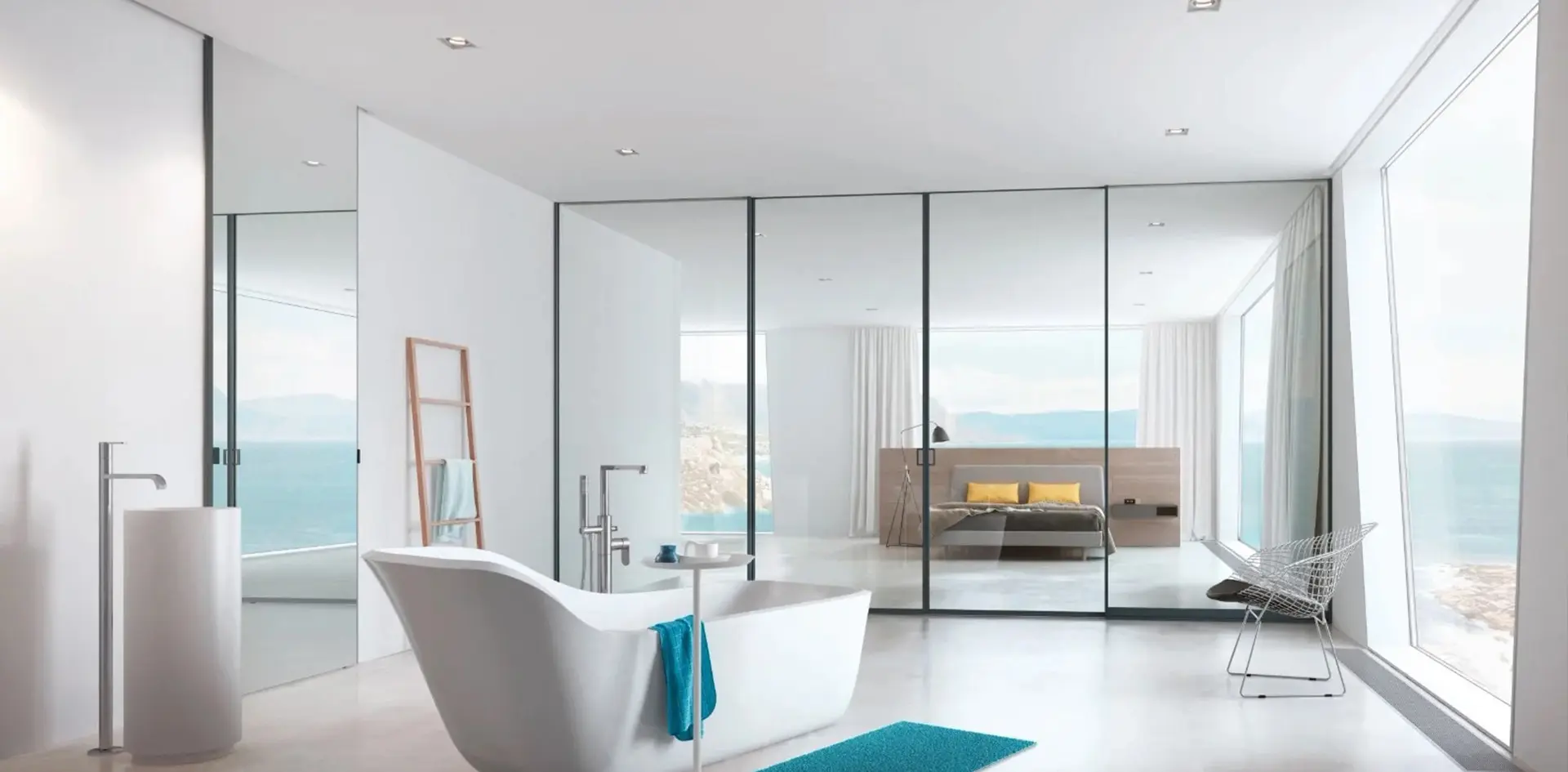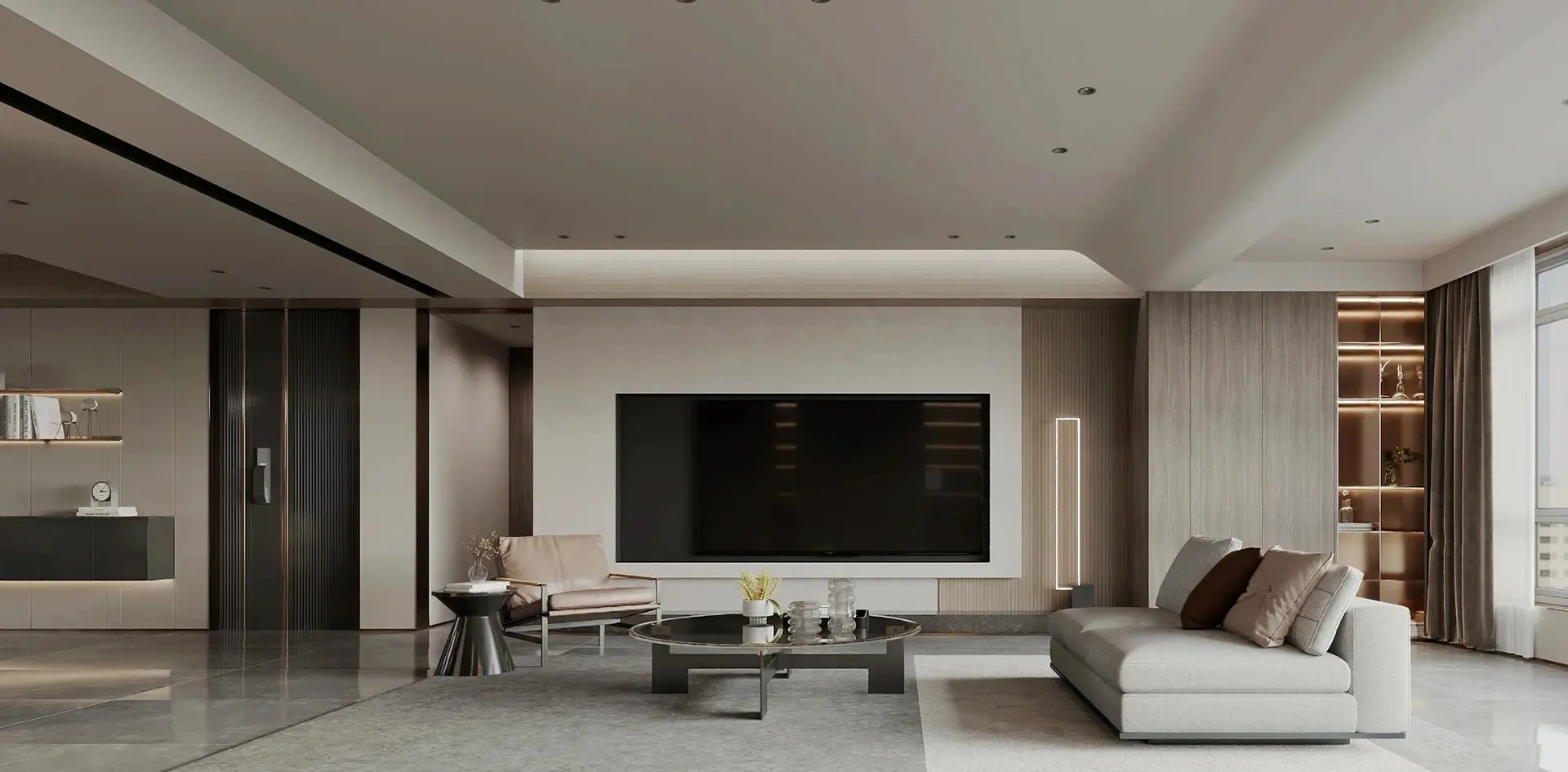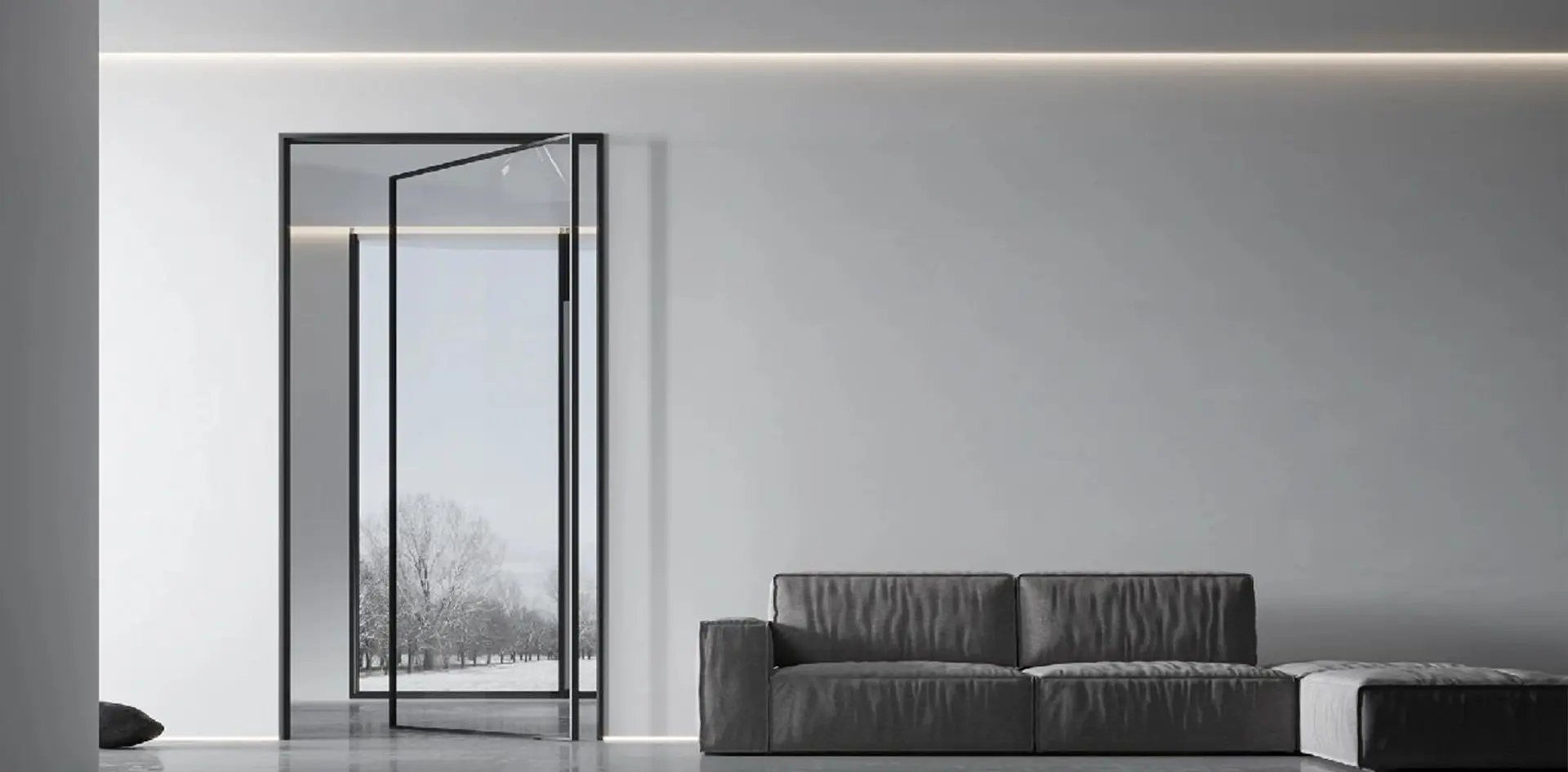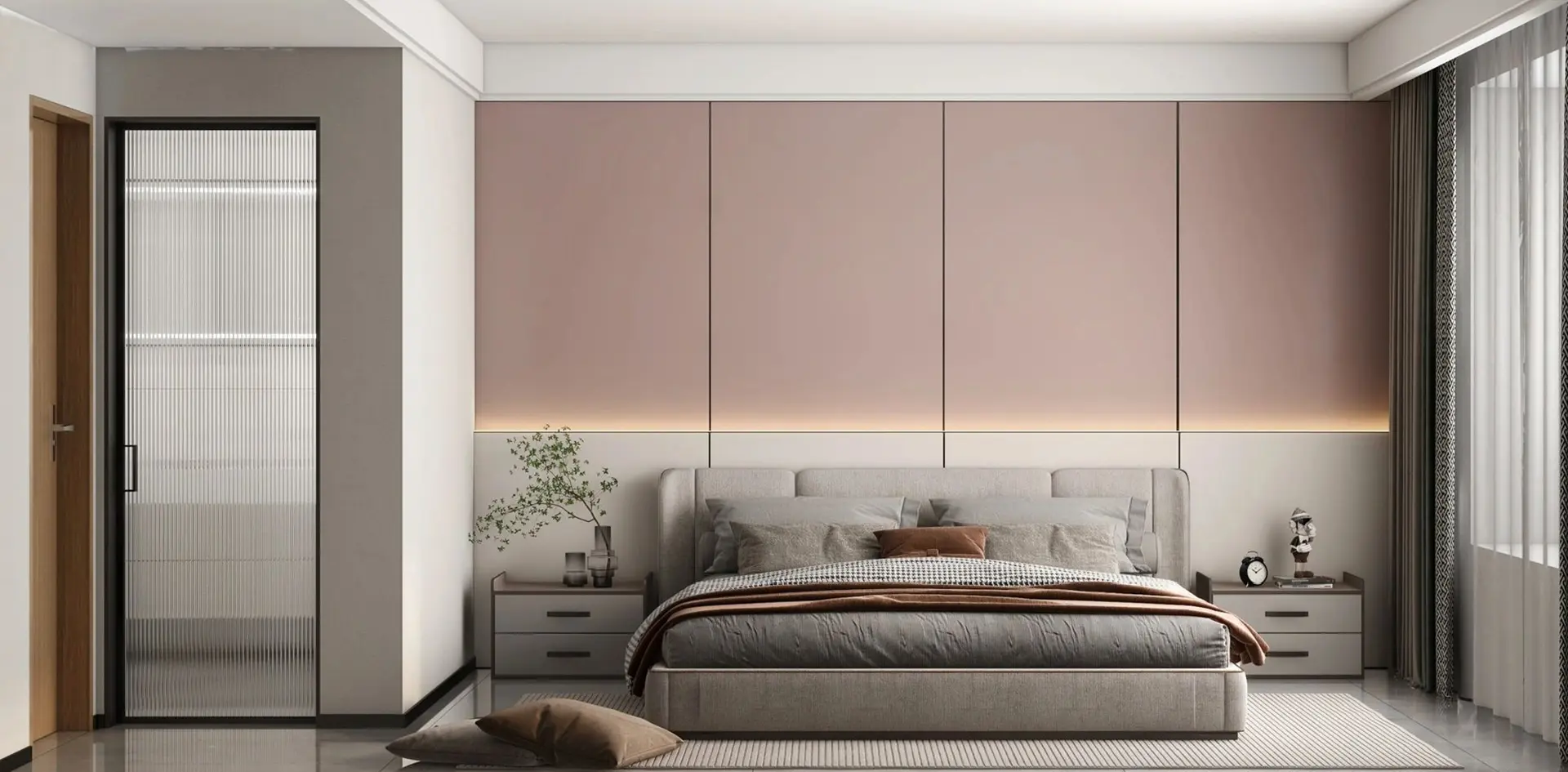
What Are the Various Types of Front Doors for Homes and Their Unique Benefits?
When it comes to enhancing the curb appeal and security of your property, selecting the right front doors for homes is crucial. A front door is not just an entry point; it sets the tone for your entire home’s aesthetic while also providing insulation and safety.
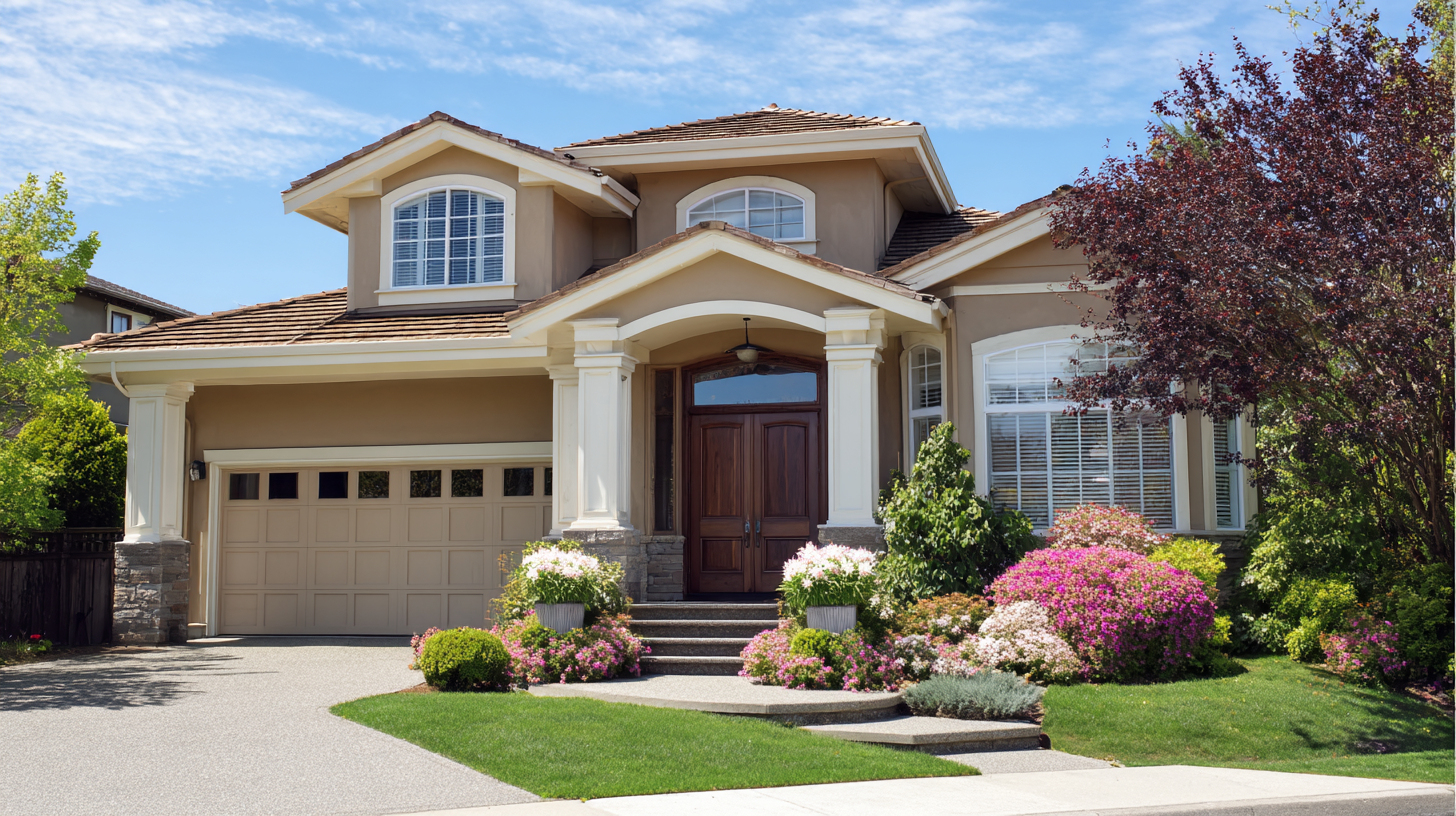
With a myriad of styles and materials available, choosing the perfect front door can seem overwhelming. From classic wooden options to modern fiberglass designs, each type comes with its unique benefits that cater to different tastes and functional needs.
In this blog, we will explore the various types of front doors for homes, highlighting their distinctive characteristics and advantages, ensuring that you can make an informed decision that complements your home's style and enhances your living experience.
Types of Front Doors: Understanding the Main Materials and Their Durability Ratings
When selecting a front door for your home, understanding the materials used can significantly influence both durability and aesthetic appeal. The most common materials are fiberglass, steel, and wood, each offering unique benefits and varying durability ratings.
According to the 2023 Home Improvement Research Institute report, fiberglass doors boast the highest durability, with an average lifespan of 30 years due to their resistance to denting and warping. This makes them an excellent choice for homeowners seeking long-lasting performance without regular maintenance.
On the other hand, steel doors provide robust security and energy efficiency, often rated by the American Society for Testing and Materials (ASTM) as having superior strength against break-ins. The same report indicates that high-quality steel doors can last between 20 to 30 years, although they may be prone to rust if not properly maintained.
Wood doors, while aesthetically pleasing and customizable, generally have a shorter lifespan of 15 to 20 years due to susceptibility to environmental conditions, according to a study by the National Association of Home Builders.
Understanding these characteristics can help homeowners make informed decisions that align with their lifestyle and property needs.
The Energy Efficiency of Front Door Options: Savings Potential in Your Energy Bills
When considering front door options for your home, energy efficiency is a key factor that can significantly impact your utility bills. A well-insulated door can prevent drafts and heat loss, keeping your home comfortable throughout the year. For instance, fiberglass and steel doors are known for their superior energy performance compared to traditional wooden doors, as they typically come with better insulation and seals. This choice not only enhances your home's aesthetic appeal but also contributes to lower energy consumption, resulting in savings on your energy bills over time.
Tips for selecting an energy-efficient front door include checking for an Energy Star label, which signifies that the door meets strict energy efficiency guidelines. Additionally, investing in a door with dual or triple-pane glass can help improve insulation, especially if your entrance includes sidelights or large windows. Don't overlook the importance of proper installation; even the best door will be ineffective if not installed correctly. Always consider hiring a professional to ensure your new door is sealed tight, maximizing its energy-saving potential.
Energy Efficiency of Front Door Options
Aesthetic Appeal: How Different Door Designs Impact Your Home's Curb Appeal
When selecting a front door for your home, aesthetics play a pivotal role in enhancing curb appeal. The design of your front door can set the tone for your entire property and create a welcoming atmosphere. For instance, a sleek, modern door with minimalistic lines can convey a sense of contemporary elegance, while a classic wooden door with intricate carvings can reflect traditional charm. Choosing the right style not only complements your home’s architecture but also can significantly impact first impressions.
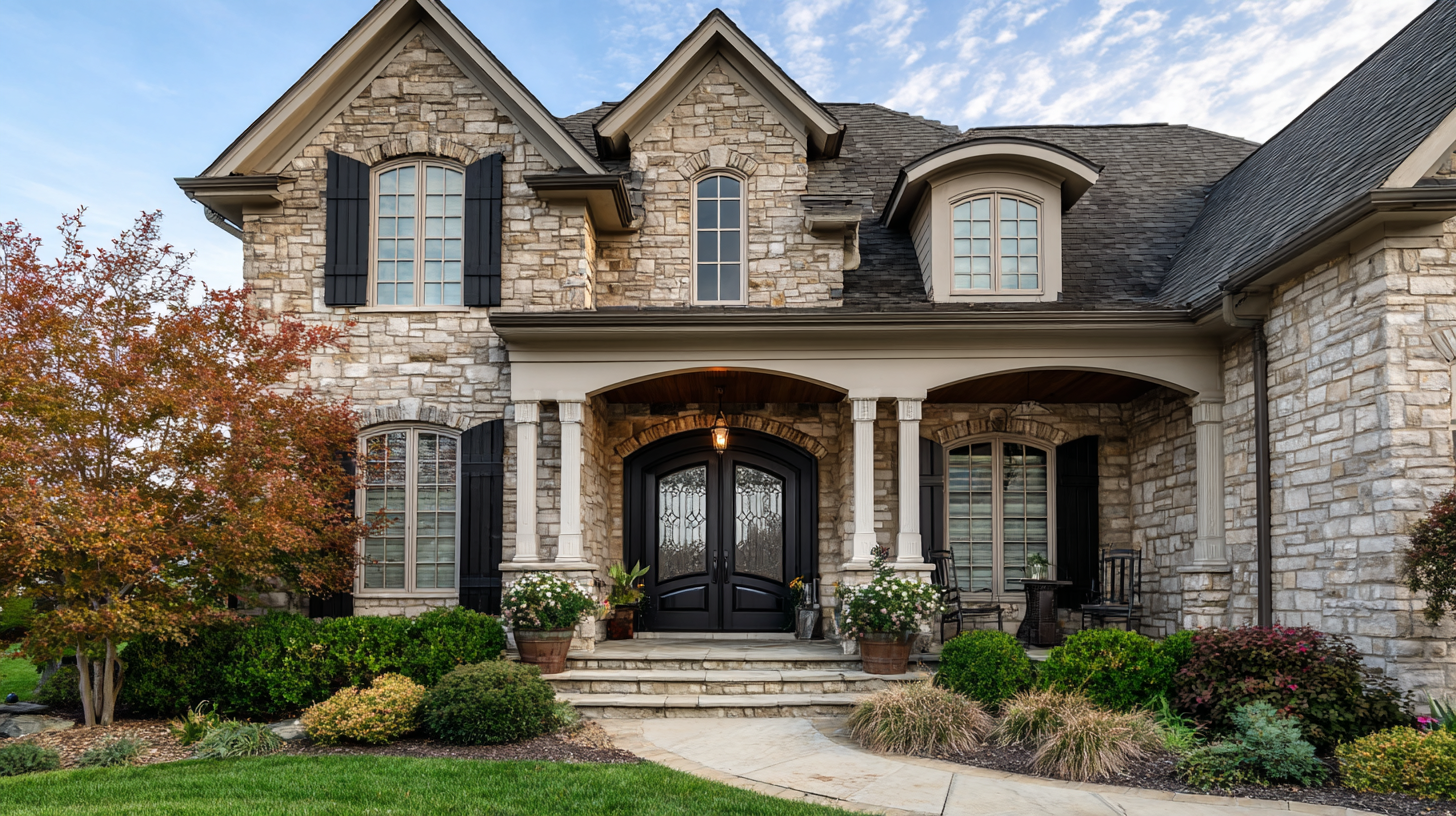
Color is another crucial factor that influences how a front door affects curb appeal. Bold colors like deep reds or bright blues can add personality and become a focal point of your exterior, while more subdued shades can cultivate a serene, cohesive look. Additionally, incorporating decorative elements such as sidelights or transoms can enhance the grandeur of the entrance, providing an airy feel and allowing natural light to filter in. Ultimately, the combination of design, color, and decorative features can transform your front door into an inviting gateway that enhances your home's character.
Security Features in Front Doors: Key Statistics on Break-Ins and Safety Enhancements
When it comes to home security, the front door plays a pivotal role in safeguarding your property. Statistics show that approximately 34% of burglars enter through the front door, making it essential to equip your entryway with robust security features. A sturdy door made of solid wood or fiberglass, reinforced with deadbolts, can significantly enhance your home's security. Adding a high-quality strike plate and doorjamb reinforcement further fortifies the entrance, presenting a formidable barrier against unwanted intrusions.
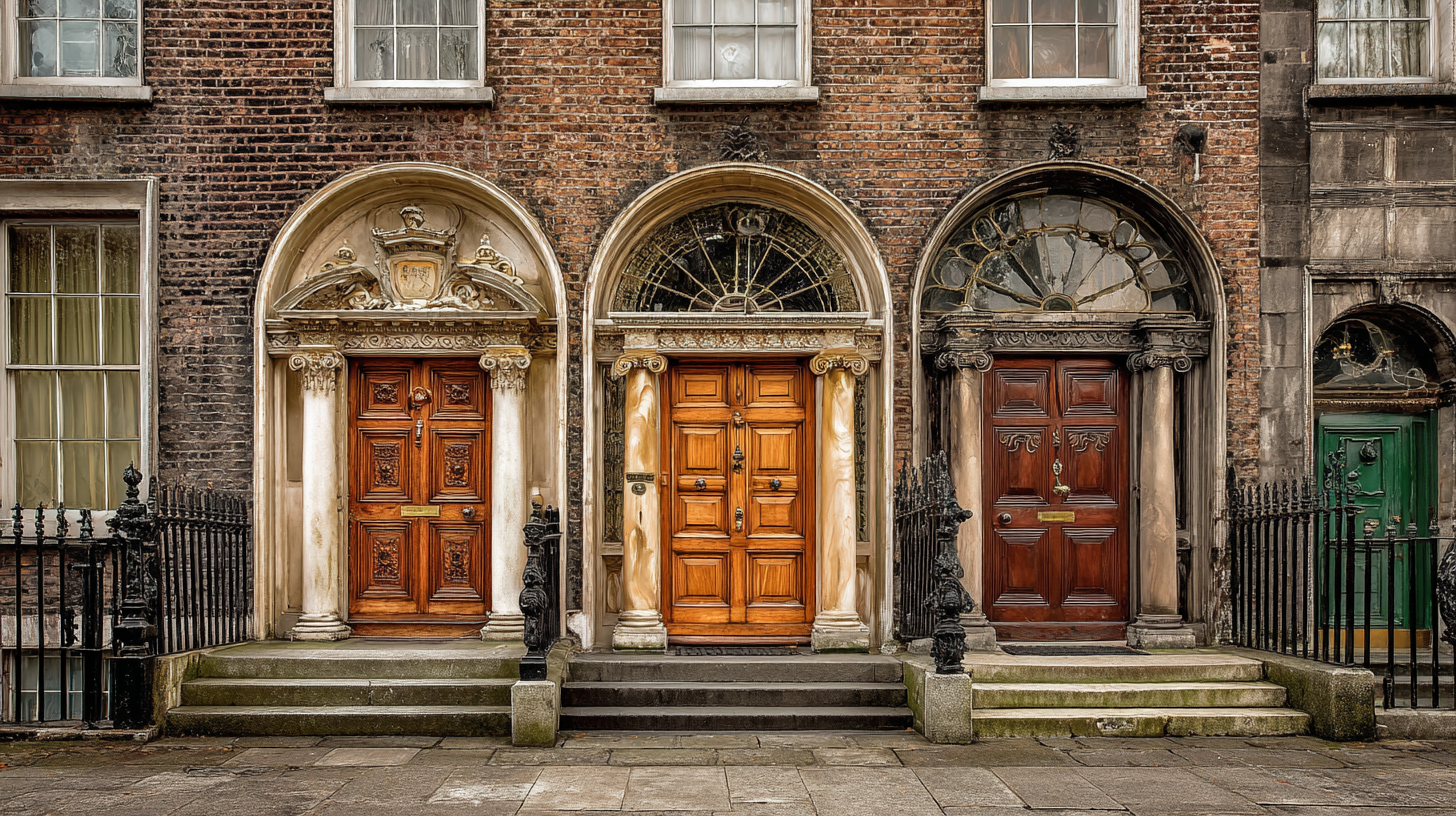
Moreover, modern advancements in technology have introduced various safety enhancements that elevate security measures beyond traditional locks. For instance, smart locks offer keyless entry and can be controlled via a smartphone app, allowing homeowners to monitor activity and receive alerts. Additionally, features such as
built-in cameras or peepholes with video capabilities provide an extra layer of surveillance, keeping you informed about who is at your door. It is vital for homeowners to invest in these security features, as they not only deter potential break-ins but also promote peace of mind within your living space.
The Cost-Benefit Analysis of Various Front Door Types: Investment Worth Considering
When selecting a front door for your home, understanding the cost-benefit analysis of various types can significantly inform your investment decision. Traditional wood doors, while offering a classic aesthetic and superior insulation, often require regular maintenance and can come with a higher upfront cost. However, they also provide excellent curb appeal and can enhance the overall value of your home. Homeowners who prioritize appearance may find that the initial expense pays off in terms of increased property value.
On the other hand, fiberglass doors present a more cost-effective option with minimal maintenance needs. They mimic the look of wood while offering better durability and energy efficiency. The long-term savings on energy bills and any potential restoration costs make fiberglass doors a wise consideration for budget-conscious homeowners. Metal doors, often the most affordable, provide robust security features but may lack the charm of their wooden counterparts. Investing in a front door that aligns with both your budget and aesthetic preferences will not only improve your home's security but also potentially increase its resale value, making it a choice worth careful consideration.
What Are the Various Types of Front Doors for Homes and Their Unique Benefits?
| Door Type | Material | Energy Efficiency | Average Cost | Benefits |
|---|---|---|---|---|
| Traditional Wood Door | Wood | Moderate | $800 - $1,500 | Aesthetically pleasing, customizable, good insulation. |
| Fiberglass Door | Fiberglass | High | $1,200 - $2,000 | Durable, energy-efficient, low maintenance. |
| Steel Door | Steel | High | $500 - $1,200 | Strong, secure, energy-efficient. |
| Glass Door | Tempered Glass | Variable | $1,000 - $2,500 | Modern aesthetic, natural light, eco-friendly options available. |
| Composite Door | Composite Material | High | $1,000 - $2,300 | Durable, energy-efficient, resistant to warping. |
Related Posts
-
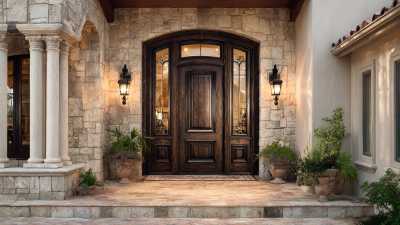
Global Leading Manufacturer: Unveiling the Ultimate Best Front Doors for Homes
-
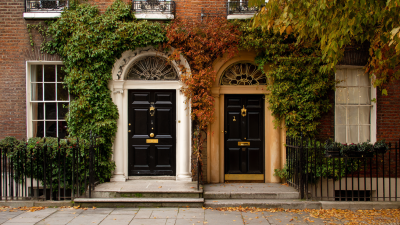
The Ultimate Guide to Choosing the Best House Front Doors for Maximum Curb Appeal
-
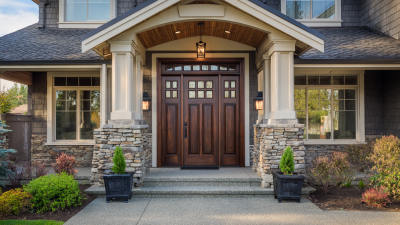
Mastering the Selection Process for the Best House Door Installation
-
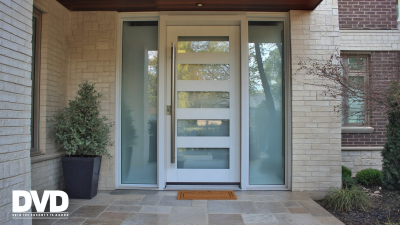
How to Choose the Best Modern Front Door for Your Home to Enhance Security and Curb Appeal
-
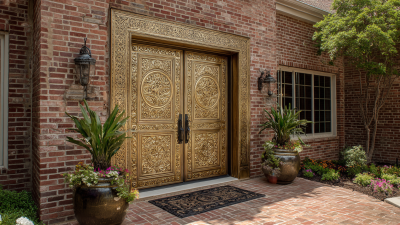
Emerging Innovations in Double Front Entry Doors and Cutting Edge Techniques for Success
-

7 Game Changing Tips for Choosing the Perfect House Front Doors
